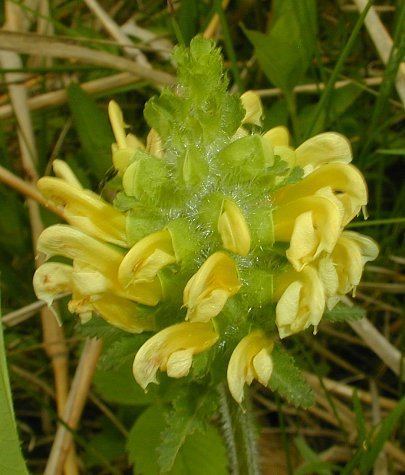Rank Species | Higher classification Pedicularis | |
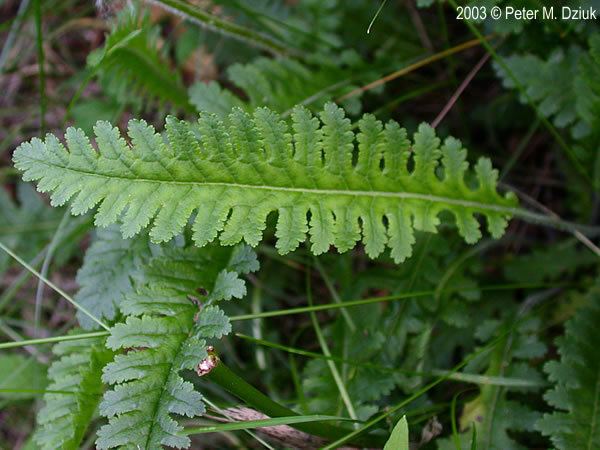 | ||
Similar Pedicularis, Pedicularis lanceolata, Orobanchaceae, Lithospermum canescens, Castilleja coccinea | ||
Urban herb walk pedicularis canadensis
Pedicularis canadensis is a flowering plant in the Orobanchaceae family and is also known as wood betony, beefsteak plant, Canadian lousewort, high heal-all, snaffles and Canada lousewort. It is found in thickets and dry, open wooded areas throughout Canada and the United States. It is a low, hairy plant with a broad whorl of tubular, hooded flowers on top of a segmented stalk. It has long, soft, hairy leaves (many are basal, growing tufted from roots), some 5 to 15 inches long, deeply incised and toothed, often reddish. A favorite of bees, its flowers bloom from April through June. The flowers range in color from a greenish-yellow to purplish-red, clustered on short, dense spikes. The fruit is a long brown seed capsule. It is a parasite, attaching to the roots of diverse species.
Contents
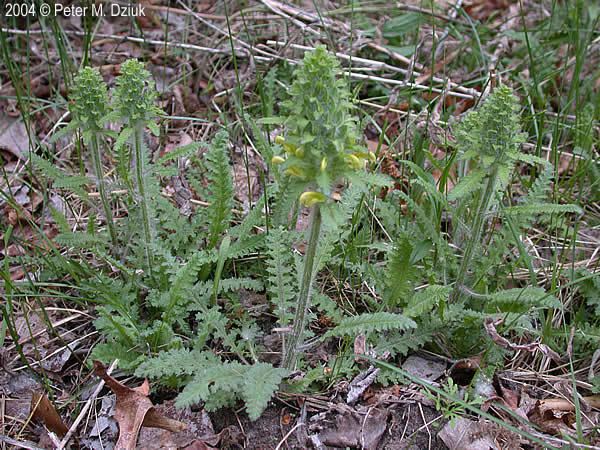
Medical Use
American Indians used a root infusion as a remedy for stomachaches, diarrhea, anemia and heart trouble and made a poultice for swellings, tumors and sore muscles.
History
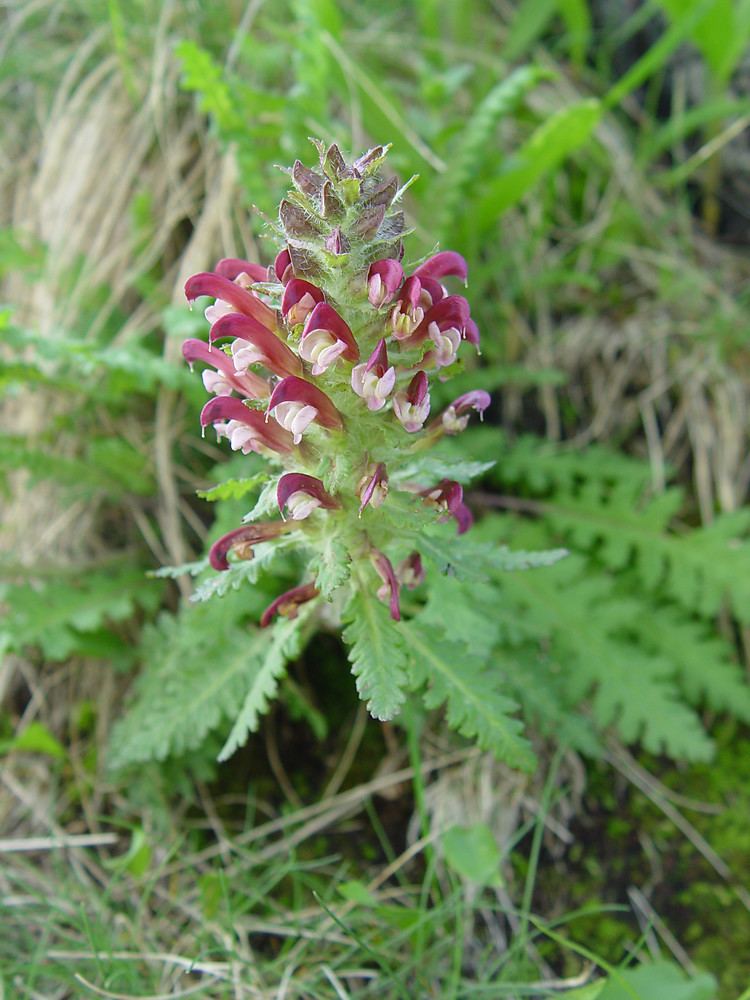
Eaten by Iroquois as a vegetable, like spinach, it was also used by early Canadian settlers in soup. It was added to oats and used as horse feed by Native Americans.
Folklore
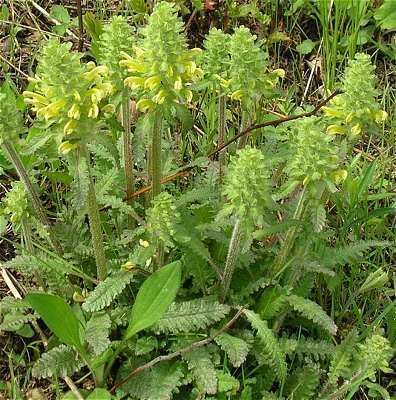
The Menomini called the root "enticer root" and carried it as a charm when determined on seducing the opposite sex. The root was also used to heal broken marriages by placing it in food the couple would both eat, hoping its magic would rekindle romance.
